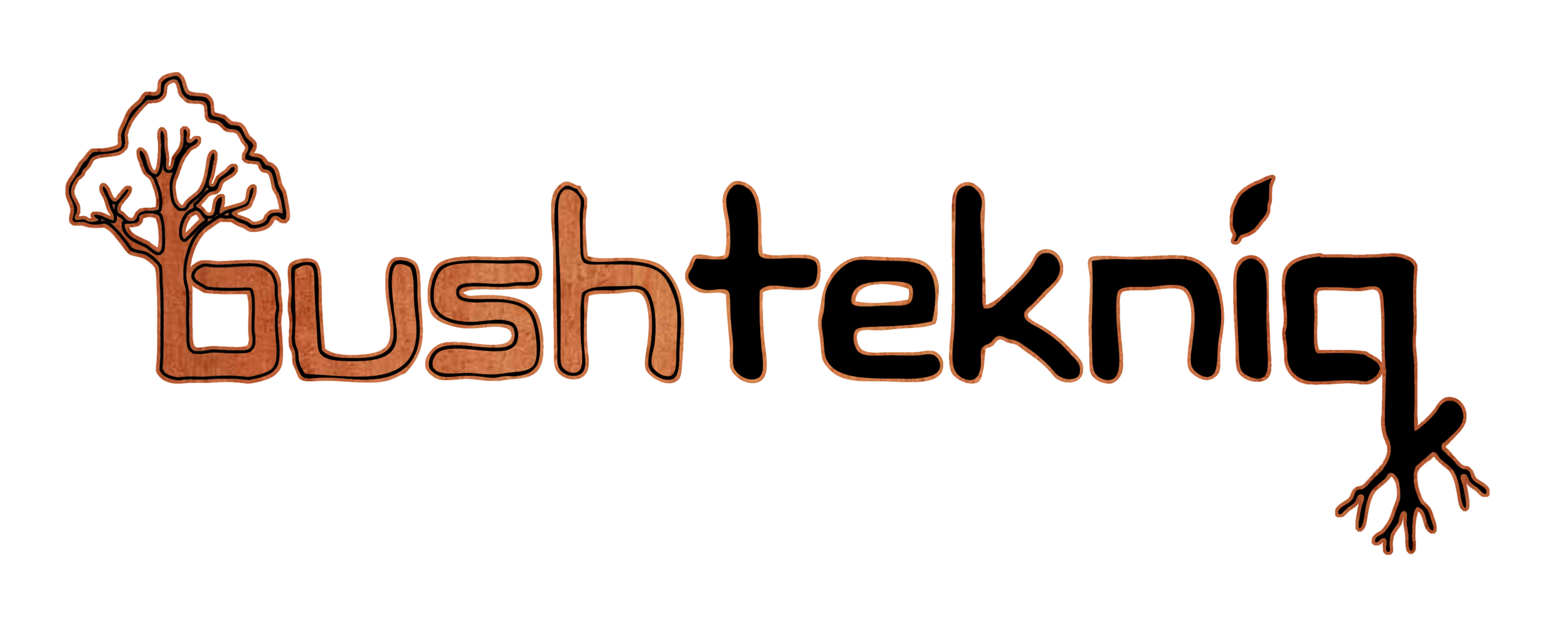Funky Fungi is the key: Fun & Fascinating Fungi Facts
A couple of years back we went to a talk on Fungi by Dr Frances Guard, at the Native Plants Queensland Samford Branch Meeting. We knew that fungi was cool, interesting and key to healthy forest systems, but that evening we had our minds blown!!!!
Frances was quietly spoken and totally confident, relaying fact after fascinating fact to an enthralled audience. It was so memorable that 30 months later we continue to share what we learnt - literally this morning a bushcare volunteer and I were marvelling over the colorful field guide I bought that night, talking about kilometres of mycelium in a teaspoon of dirt!
Lets start with THAT fun fact first:
If you teased apart the mycelium found in a teaspoon of healthy soil and laid it end to end, it could stretch anywhere from 100 metres to 10km.. OR, in 1k㎡ of healthy soil there is around 27000km of fungal threads!
There is NO PERIMETER to a fungus: it truly is a Wood Wide Web - or as Paul Stamet describes, the earth’s natural internet
More than 90% of flora NEED fungi for living - in a rainforest, over 95% of plant species have fungal partners; the only families of plants that do not require fungi are the Brassicaeceae and Proteaceae (eg broccoli and banksia)
It is estimated that there are more than 1.5 million species of fungi on Earth (but very few described)
Like many species, fungi is undergoing rapid extinction due to habitat destruction - but unlike threatened flora and fauna, conservation measures for fungi remain very low
Some animals need fungi: Potaroos and Betongs are in an ‘obligate relationship’ with fungi, where 80% of their diet is made up of the fruiting bodies of around 30 species of fungi ‘truffles’ - they are true fungivores!
Fungi can be both beneficial and pathogenic/ parasitic
The mycorrhizal relationship (myco = fungus, rrhiz = plant root) is a mutualistic symbiosis, allowing exchange of minerals, water and protection; mycelium allows the plants to gather nutrient and moisture from at least twice the distance as roots alone
Through the mycelial network, valuable information between plants can be shared, known as ‘biochemical signalling’ or ‘tree talk’, like location/ availability of nutrient/ moisture, presence of pests, disease and competition
A well known role of fungi is the ‘recycler’, as fungi efficiently breaks down dead material to make nutrient available to plants once more - there are two general types of fungi in this regard: the ‘brown rotters’ and ‘white rotters’
One of the most important and rapidly vanishing fungal habitats is that of old wood
Fungi facilitates awesome biodiversity and life cycling that happens from treetop to subsoil - when a tree falls, tiny ecosystems thrive! (learn more in this beautiful log blog)
Whilst tree chipping and chip mulch seem efficient and economical to us humans, these short-term ‘solutions’ often disrupt complex mycological cycles, relationships and systems
When we work in the bush, we are activated and inspired by the knowledge and wisdom of Dr Frances Guard, who says “LET LOGS LIE!”
PS ONE more FUN FUNGI FACT: fungi are more closely related to animals (ie. US!) than to plants!
Support local fungi conservation and restoration: check out the Fungi4Land project
Learn more about fungi and become a fungi friend with the Queenland Mycological Society
- by tali

